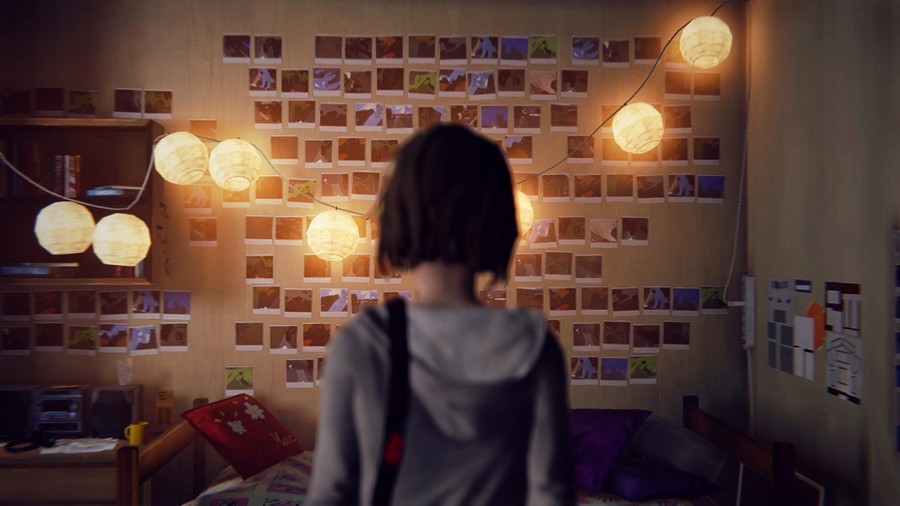Video game carefully handles suicide
April 8, 2015
As video games have developed into an art form, there have been sincere efforts for games to tackle serious subjects — with varying degrees of success. A perfect example of this difficult transition is “Life is Strange,” an episodic adventure game centered on the high school challenges of a girl who can manipulate time. In the latest episode, the game took on suicide prevention with mixed results.
The installment showed protagonist Maxine attempting to help a friend who had just been publicly humiliated after a video of her drugged at a party was leaked. Despite gamers’ best efforts, the friend becomes desperate and the bullying pushes her to climb to a building’s roof. The game forces Maxine to watch the friend jump twice, then the player is able to make it up to the roof with one chance to talk her off the ledge.
Forcing the player to tackle this tragically realistic scenario demonstrates the intense amount of influence video games can have. By putting the player in the shoes of the persuading character, the game has more impact on the person playing than many other mediums allow. The level of maturity and seriousness the situation is meant to be handled with demonstrates that video games can be more than just a fun way to pass the time. They can help players to handle life issues.
When the level ends, the game presents statistics on choices other players made. The final bar shows how many players saved their friend and how many could not. There is something off-putting about turning suicide into a high score. While the developers took these matters very seriously, they did not take into account the potentially unpleasant nature of this rating system. The concept of competition, high scores and rankings are so ingrained in gaming culture that developers include them without thinking of their implications.
Gaming has proven a powerful medium when it comes to artistic advocacy and commentary. In “Life is Strange,” maturely depicting a suicidal situation and its solutions is heroic, but if gaming is to evolve, the industry must learn when to remove its conventional chains and when to be direct about the messages it tries to present. As long as there is agency and immersion, video games have the ability to impact the viewer like no other medium.
A version of this article appeared in the Thursday, April 9 print edition. Email Carter Glace at [email protected]

